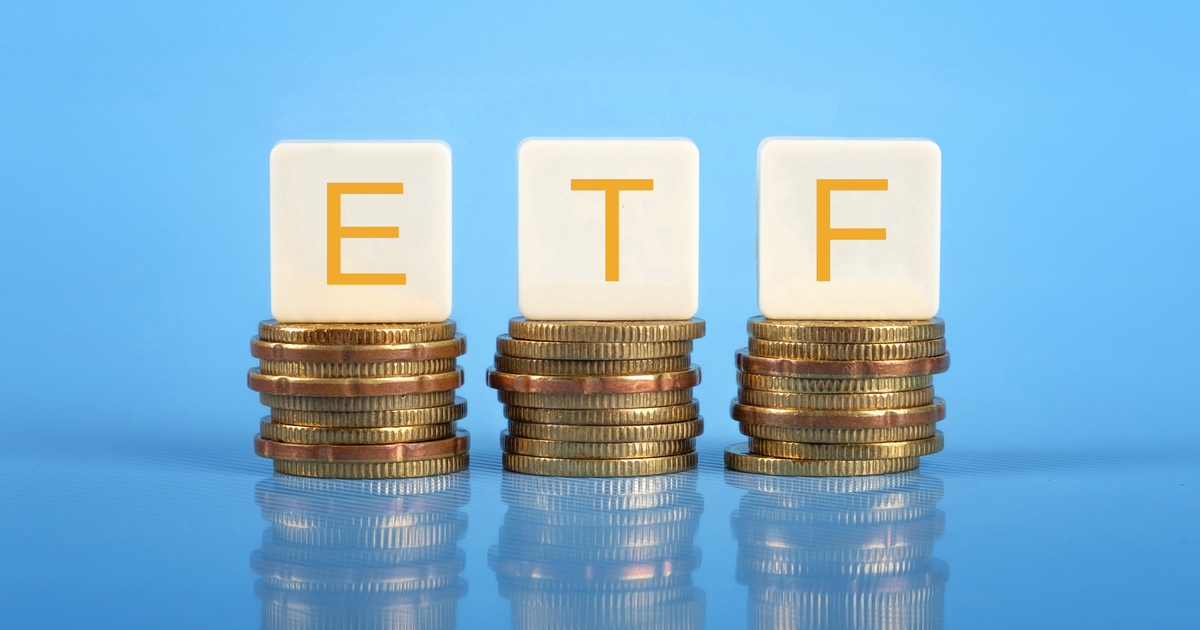Theme-based ETFs driving market growth

The consumer demand for exchange traded funds (ETFs) built around themes like ESG or technology has risen in the past year and contributed to further growth in the ETF market, according to research house Lonsec.
ETFs have become popular with Australian investors since their launch in 2001 because of their ease of access, their cost-effectiveness when compared to actively managed funds, and their tracking of well-known Australian and global indices.
With the Australian ETF market now worth $122 billion among over 200 different ETFs listed on the Australian Securities Exchange (ASX), ETFs built around themes like climate, blockchain, cloud computing and semiconductors are in high consumer demand.
Lonsec noted there were 22 new ETFs launched on the ASX over the last 12 months, 13 of which where thematic-based ETFs.
“ETF Managers have teamed up with Index providers to develop new indices to cater to the Australian market for more niche or thematic ETFS,” Peter Green, Director of Research at Lonsec Research, said.
“For example, ETF Securities teamed up with Solactive to create the ETFS Semiconductor ETF which provides exposure to the top, global semiconductor companies. Further, this is a strong thematic sector that Active Fund Managers are capitalising on too.”
These new types of ETFs are popular particularly among younger investors who are used to market disruptors, are interested in the current themes of the global climate, and are more likely to be comfortable with digital trading platforms to easily access ETFs.
“Some of these thematic ETFS are much more concentrated than broad-based, global market ETFs,” Green said.
“For instance, these thematic ETFs could hold 30 stocks and have heavy weighting to the top five. This means your investment is heavily reliant on these five stocks performing.”
Green also advised investors to conduct research into both the ETF and the underlying index to avoid exposure to concentration risk.
“It is really important that you understand the underlying index of any ETF, in terms of its concentration, rules and volatility and how this matches with your own risk tolerance,” he said.












Nah, the AMP vertically intergrated model is effectively dead. It's a broad APL. It wouldn't come as any surprise that…
So let me get this right - Canberra spends an awful lot of time and effort focusing on consumer protection/compliance…
Just wind them up please so the rest of the financial planning industry can move forward without an albatross around…
Compare the pair.
I have clients who have been told to produce evidence they are with cbus or else they can't work on…